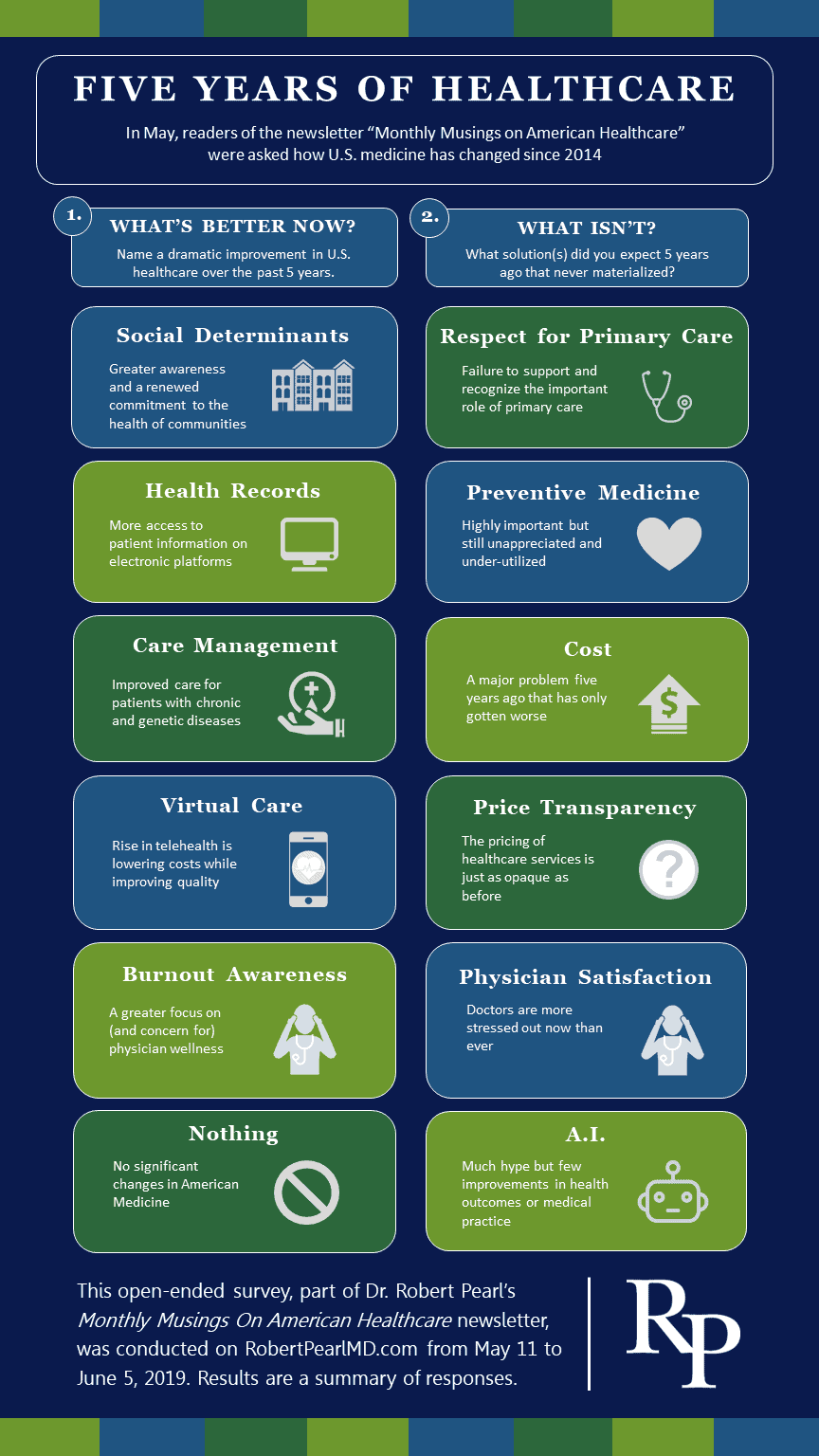With that in mind, this month’s survey asks you to consider which ethical principles should guide our nation’s spending and approach to medical care. As always, responses are viewed collectively, not individually. User information is kept confidential and never shared with outside parties.
1. Assuming the United States has reached its spending limit on medical care and social services, which of the following resource-distribution models would you support?
- Increase spending on social services by 10%; reduce medical dollars by 10%. (45%, 23 Votes)
- Increase spending on social services by 20%; reduce medical dollars by 20%. (27%, 14 Votes)
- Keep the current balance the same. (22%, 11 Votes)
- Reduce spending on social services by 20%; increase medical dollars by 20%. (4%, 2 Votes)
- Reduce spending on social services by 10%; increase medical dollars by 10%. (2%, 1 Votes)
Total Voters: 51
2. Of the following “guiding principles,” which do you believe is most important when it comes to making healthcare decisions?
- Maximize quality of life over longevity. (38%, 19 Votes)
- First, do no harm. (28%, 14 Votes)
- Do the greatest good for the greatest number of people. (28%, 14 Votes)
- Do whatever is needed for every individual at any cost. (2%, 1 Votes)
- Invest in treatments with the greatest impact on our nation’s overall life expectancy. (2%, 1 Votes)
- Other (please explain in the comments section below) (2%, 1 Votes)
Total Voters: 50
Wins and losses: The last 5 years of American healthcare
The May 2019 reader survey asked you to weigh in on two open-ended questions:
- What in American medicine (if anything) is dramatically better today vs. five years ago?
- What solution(s) did you expect five years ago that are you still waiting to see broadly implemented in medical practice today?
I want to thank the many subscribers who responded. The following graphic illustrates the breadth of your responses and, below it, I’ve provided some analysis.

I’m impressed by the insights from the readers and concur with both the areas of improvement and disappointment. I’m optimistic that many of the failures will be addressed over the next five years and hopeful that we as a nation will:
- Recognize and respect the vital roles of primary care and prevention
- Embrace artificial intelligence, particularly for making image-based diagnoses
- Focus reimbursement models on clinical outcomes rather than volume.
I’m less confident in our nation’s ability to lower the cost of healthcare. Rising premiums and out-of-pocket expenses are two reasons I believe classic industry disruption will visit healthcare sometime in the next five to 10 years. I’m hopeful that medical professionals can foresee healthcare’s looming financial crisis, and use this moment as an opportunity to improve—before it’s too late.
It’s clear to me that the readers of Monthly Musings have a sharper view of the future than our nation as a whole.
* * *
Dr. Robert Pearl is the former CEO of The Permanente Medical Group, the nation’s largest physician group. He’s the bestselling author of “Mistreated: Why We Think We’re Getting Good Health Care–And Why We’re Usually Wrong” and a Stanford University professor. Follow him on Twitter @RobertPearlMD.






